Metal suspension components are normally fairly sorted things. They’re made to be tough, outlasting their ball joints and bushings, which makes this recall a weird one. The steering knuckles on certain Range Rover and Range Rover Sport SUVs are cracking in concerning enough quantities to warrant a recall, and while Land Rover seems to have found out in Canada first, the recall fix is being extended to America.
At the same time, a batch of Canadian-market Hyundais are stuck in the States for now, an electric scooter capable of nearly 50 MPH sounds like a brilliant way of spelling tibial fracture, and a British panel has declared the Volkswagen Polo to be the best car of the past half-century.
Welcome back to The Morning Dump, our daily round-up of bite-sized bits of car news you’ll want to read. It’s Monterey Car Week, which means Matt’s out today, so I’ll be your captain down the river of information this morning. So, sit back, relax, and keep your hands and feet inside the ride at all times. Let’s get cracking.
Range Rover Control Arms Might Fall Off And Canada Found Out First
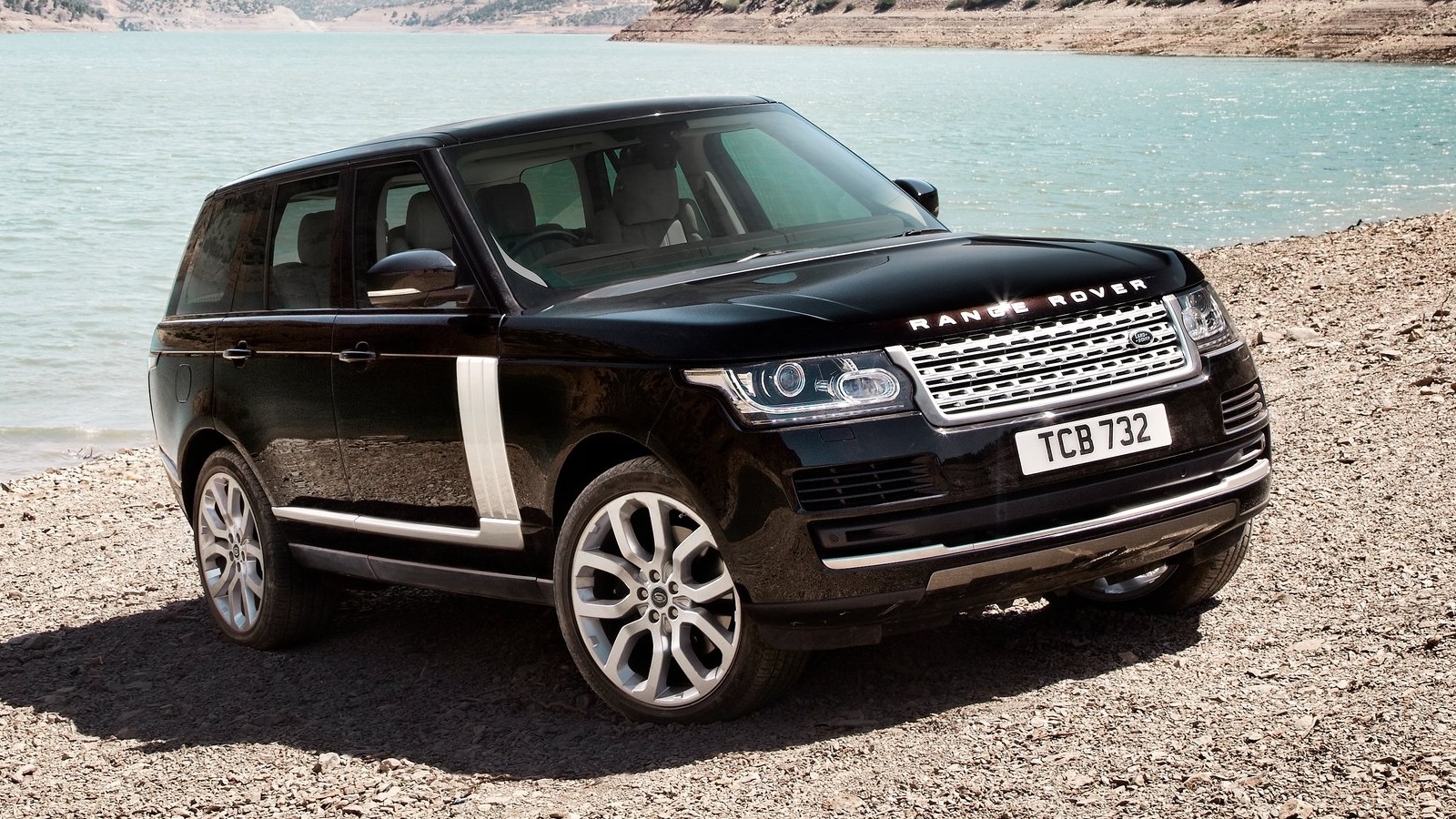
It’s nice when your front suspension does its job, and not so nice when it doesn’t. With that in mind, Land Rover is recalling some 2014 and all 2015 to 2017 Range Rover and Range Rover Sport SUVs due to reports of front suspension knuckle failure. You know, the bit that all the control arms attach to. This recall covers a whopping 121,509 vehicles, and it all started up in Canada. Yes, this latest NHTSA recall is effectively a south-of-the-border counterpart to a Canadian-market recall that, interestingly enough, is detailed in the American recall report. Much of it is fairly routine, but there’s one big note that stands out:
Throughout multiple engineering reviews, as well as Product Safety and Compliance Committee (PSCC) and Recall Determination Committee (RDC), JLR [Jaguar Land Rover] has analyzed the failure rate data, together with failures previously unknown but informed by TC [Transport Canada], for Range Rover Sport vehicles. It was concluded that there is an elevated rate of failure on Range Rover Sport in Canada compared with other markets which cannot yet be technically explained.
While a technical explanation for elevated failure rates on Canadian Range Rover Sports hasn’t been found, I have a hunch. Canada beats the absolute life out of cars. Harsh winters, boiling summers, post-apocalyptic roads, long distances … it all adds up to a coast-to-coast automotive torture chamber. The sort of failure patterns that show up in Canada now could potentially show up in America later, which is why it doesn’t seem surprising that Land Rover found something while a dialogue with NHTSA over whether to issue a recall in America was going on.
In parallel with these discussions, ongoing monitoring of the field data has shown an increasing failure rate in the first half of 2025 in Range Rover vehicles, borne out through field reports and Vehicle Owner Questionnaires (VOQs). This increasing volume of reports from the US on Range Rover vehicles triggered a further internal review and assessment of the matter for both Range Rover and Range Rover Sport.
In this case, a bit of internal digging found reason to recall U.S.-market examples from the same production batches, which makes plenty of sense. Geographically, the southern bits of Canada and the northern bits of the United States are quite alike. So what actually goes wrong on these Range Rover models?
In cases where a crack in the front suspension knuckle has developed, certain environmental conditions may lead to a worsening of the crack and an eventual detachment of the upper suspension arm, which under extreme avoidance maneuver use conditions may compromise the vehicle’s controllability and increase the risk of a crash.
Interesting wording here, as it suggests that a detached upper control arm isn’t a huge safety risk unless you’re putting a lot of load through the suspension hardware. Maybe that’s why the report notes 110 reported instances of this failure in the wild, and yet no injuries. On the plus side, considering this is essentially an expansion of an existing recall to another market, a fix has already been worked out.
The technician will inspect both front suspension knuckles for the presence of any cracks. Where no crack is present and where available, a retaining bracket will be fitted to the joint. Where cracks are found or a bracket is not available, the front suspension knuckle will be replaced.
While a retaining bracket may sound a little janky, it should keep the upper control arms more or less where they’re supposed to be in the event that one or both knuckles crack and release the upper arms. So, if you own one of these affected 4x4s, expect a letter in the mail by the end of September, and maybe keep an eye on your front knuckles in the meantime.
Stuck In The Middle With Santa Cruz
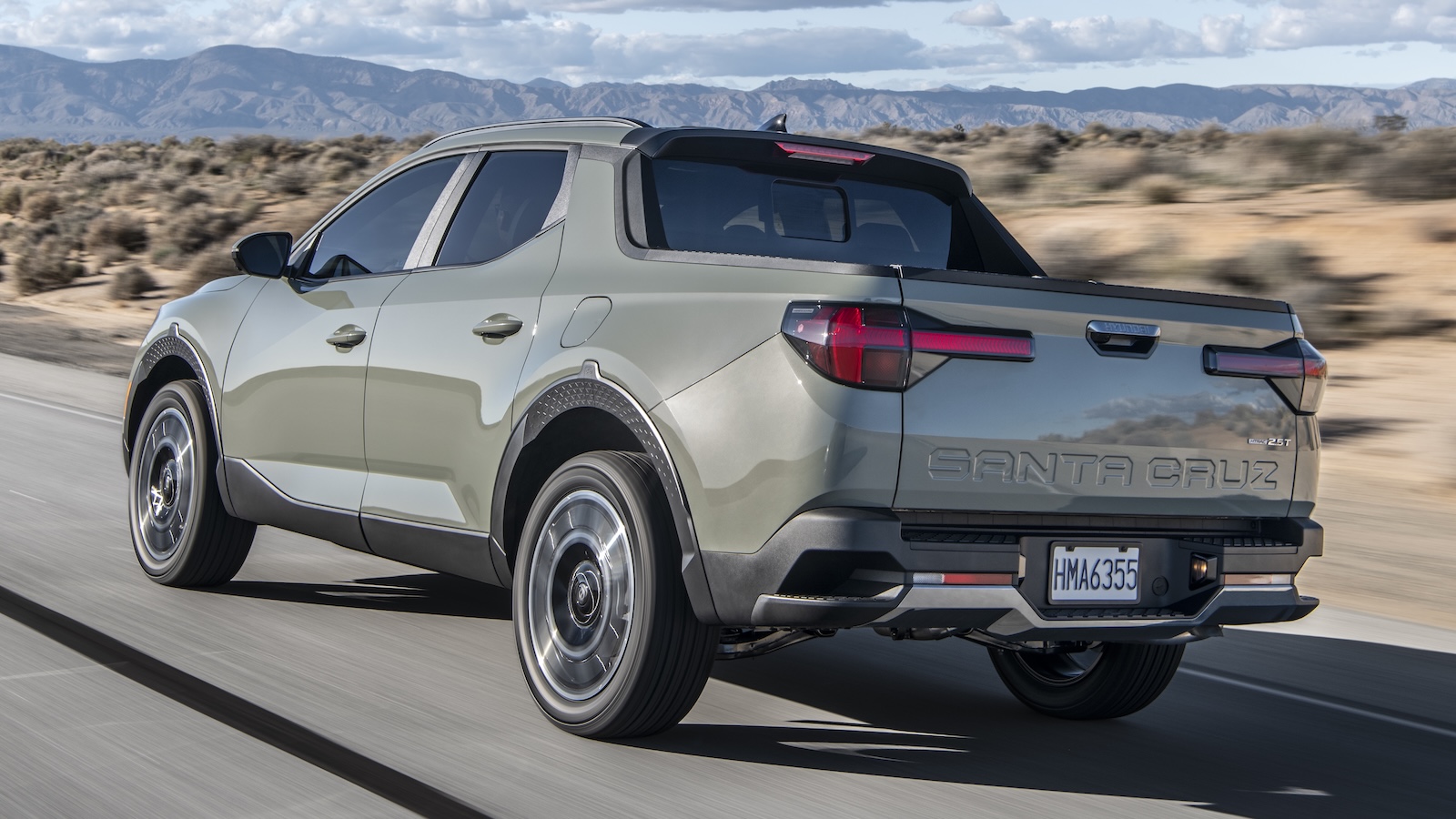
The trade war seems to have claimed another victim for now, and it’s likely not the machine you expected, or even in the market you’d think. After the White House imposed 25 percent blanket tariffs on vehicles, Canada retaliated with reciprocal tariffs on non-USMCA-compliant U.S.-made vehicles and the non-Canadian and non-Mexican portions of CUSMA-compliant U.S.-made vehicles that have reportedly put one particular Hyundai model in a tight spot, as per Automotive News Canada. While Tucson crossovers can be sourced from Mexico and Santa Fe crossovers can be imported from Korea, no such alternative exists for the Santa Cruz compact pickup. It’s only built in Alabama, and although it’s been sold in Canada, shipments have been halted.
Some automakers are able to take advantage of remission for maintaining production in Canada, but Hyundai hasn’t built any cars in Canada since 1993, when slow Sonata sales led to the closure of the manufacturer’s plant in Bromont, Quebec. As such, Hyundai isn’t able to take advantage of this program. So, is it just a matter of pausing Santa Cruz production? Well, not quite. As Hyundai Canada CEO Steve Flamand told Automotive News Canada, “We had already committed to production, so we produced a number of vehicles that we’re just holding there.”
That’s right, a batch of Canadian-market Hyundai Santa Cruz trucklets is just sitting around in America in an attempt to wait this trade war out. Given how it seems like this tariff situation is likely to be protracted and how any vehicles already produced have VINs attached, what’s going to happen if we near the end of the model year and this geopolitical issue still isn’t resolved? Well, these vehicles likely won’t be resold into the U.S. market. As Flamand told Automotive News Canada, “We’ll make a decision shortly and we’re not going to have dealers and customers waiting for vehicles.” Hyundai may just end up paying the reciprocal tariffs, although it is weird to think that a bunch of trucklets have been lying in limbo somewhere in America.
The Scootinator
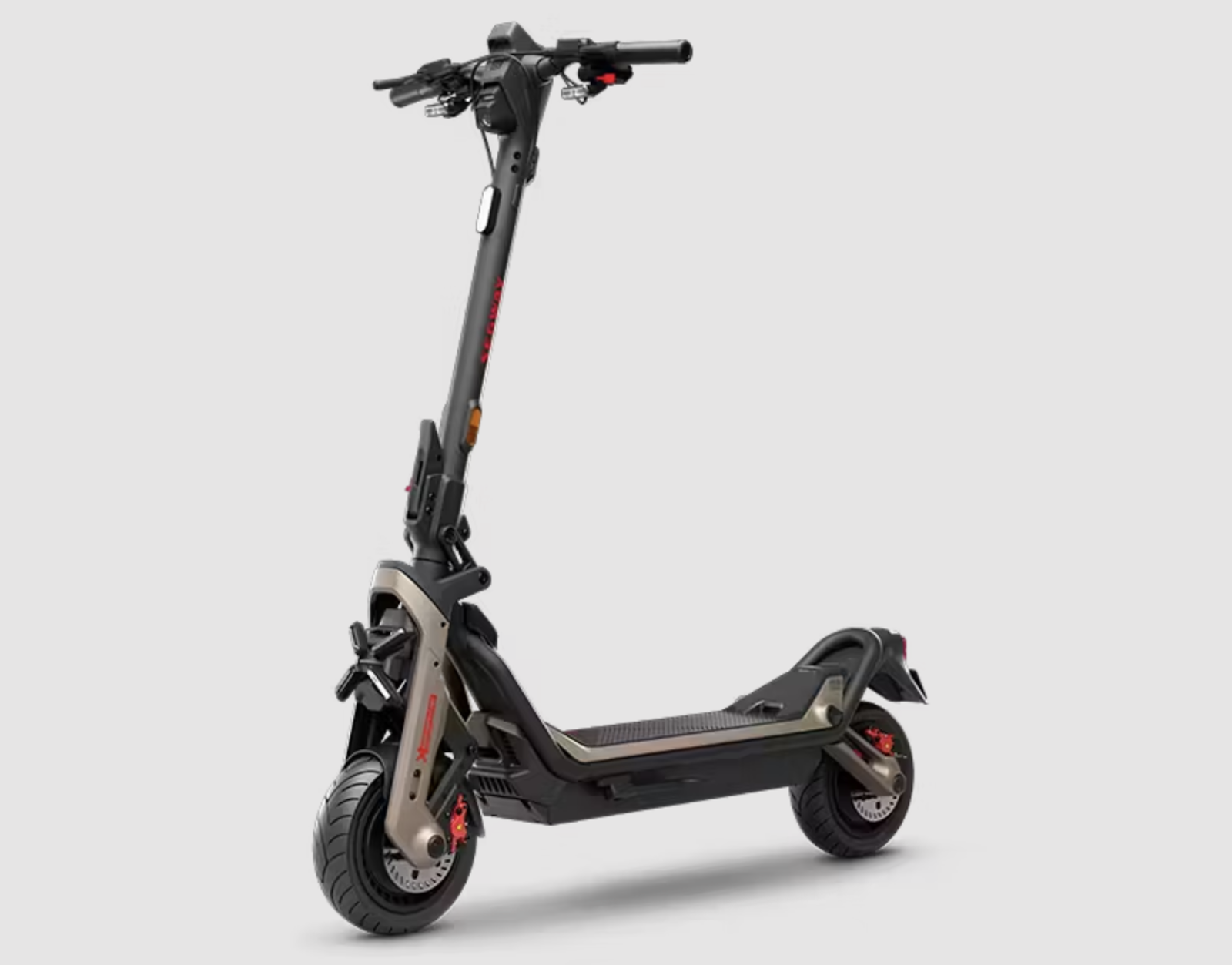
If you live in a city, you probably only have space for one, maybe two cars. This presents a conundrum for car enthusiasts in areas with poor transit access who want to keep a fun car for the weekend, but here’s an interesting solution. Segway went in on traditional e-scooters a few years ago, and although they aren’t as weird as the brand’s original self-balancing machines, this particular model electric scooter is absolutely bonkers. It’s called the GT3 Pro SuperScooter, and it has a top speed of nearly 50 MPH.
Yeah, that’s not a typo. Thanks to dual electric motors and just over 10 horsepower of total output, Segway’s latest creation can reach a top speed of 49.7 MPH, fast enough to seem properly sketchy for traveling while standing on a skinny platform supported by wheels smaller than dinner plates. In addition to its high speed capability, the GT3 can accelerate from zero-to-30 mph in 3.9 seconds, quick enough to keep up with economy cars.
Unsurprisingly, nearly 50 MPH on a scooter sounds terrifying, which explains why Segway has equipped the GT3 Pro SuperScooter with hydraulic disc brakes and ABS, along with coil-sprung suspension. Sensible upgrades, but is it enough to prevent you from folding yourself into a dustbin during an unplanned high-speed dismount? Range isn’t bad, either; Segway claims 86 miles if you take it slow at 15 MPH, and a more realistic 34 miles of range at VMax.
If this sounds appealing to you, there’s one other thing you should keep in mind beyond making sure your health insurance is paid up and getting a good helmet: The price. The Segway GT3 Pro SuperScooter stickers for $2,699.99, and that’s not exactly cheap. Still, if you want a surprisingly quick way of commuting to keep mileage off your fun car, this might be the move.
The Best Car Of The Past 50 Years Is…The Volkswagen Polo?

Car awards are often a truly bizarre corner of the industry. Sometimes they get it right, and sometimes you end up with the 1997 Chevrolet Malibu taking home a Car of the Year award. In a move likely to raise eyebrows, a committee called the Best Cars of the Year awards that’s included people like professional stunt driver Russ Swift, former Aston Martin CEO Dr. Andy Palmer, and John Oates has announced its pick for the best car of the past 50 years, and it’s the Volkswagen Polo. You’re making that face, aren’t you?
Sure, it’s convenient that the Polo is celebrating 50 years on the market right in time to receive this award, and it doesn’t take much thinking to conjure up a list of more technologically important cars and more benchmark-resetting cars in the past 50 years, but let’s hear them out for a minute. As Best Cars of the Year awards founder and motoring journalist Mike Rutherford said of the winner, “The 20 million motorists who have been buying Volkswagen Polos since 1975 cannot be wrong.”
Weirdly, I get where they’re coming from here. The Volkswagen Golf is one of those classic yardstick cars, and the Polo has historically been a smaller Golf in concept, imbued with the same sort of showroom appeal and occasionally stepping out with some quirkiness. There was the wonderfully strange Mk2 Polo breadvan, the supercharged G40 model, the quad-headlight-equipped Mk4 Polo, and the roll cage-equipped Polo ClubSport augmenting normal hatchbacks and sensible diesels. In short, something for everyone. You know, I can see what they’re getting at.
What I’m Listening To While Writing TMD
Eight years after its release, “104 degrees” by Slaughter Beach, Dog still conjures up a vibe. The feeling of comfort in settling down. Maybe I’m just tired, but something about that image seems nicer and nicer with each passing year.
The Big Question:
When was the last time you checked your bushings, ball joints, and associated componentry?
Top graphic images: Land Rover; Autoparts_Premium

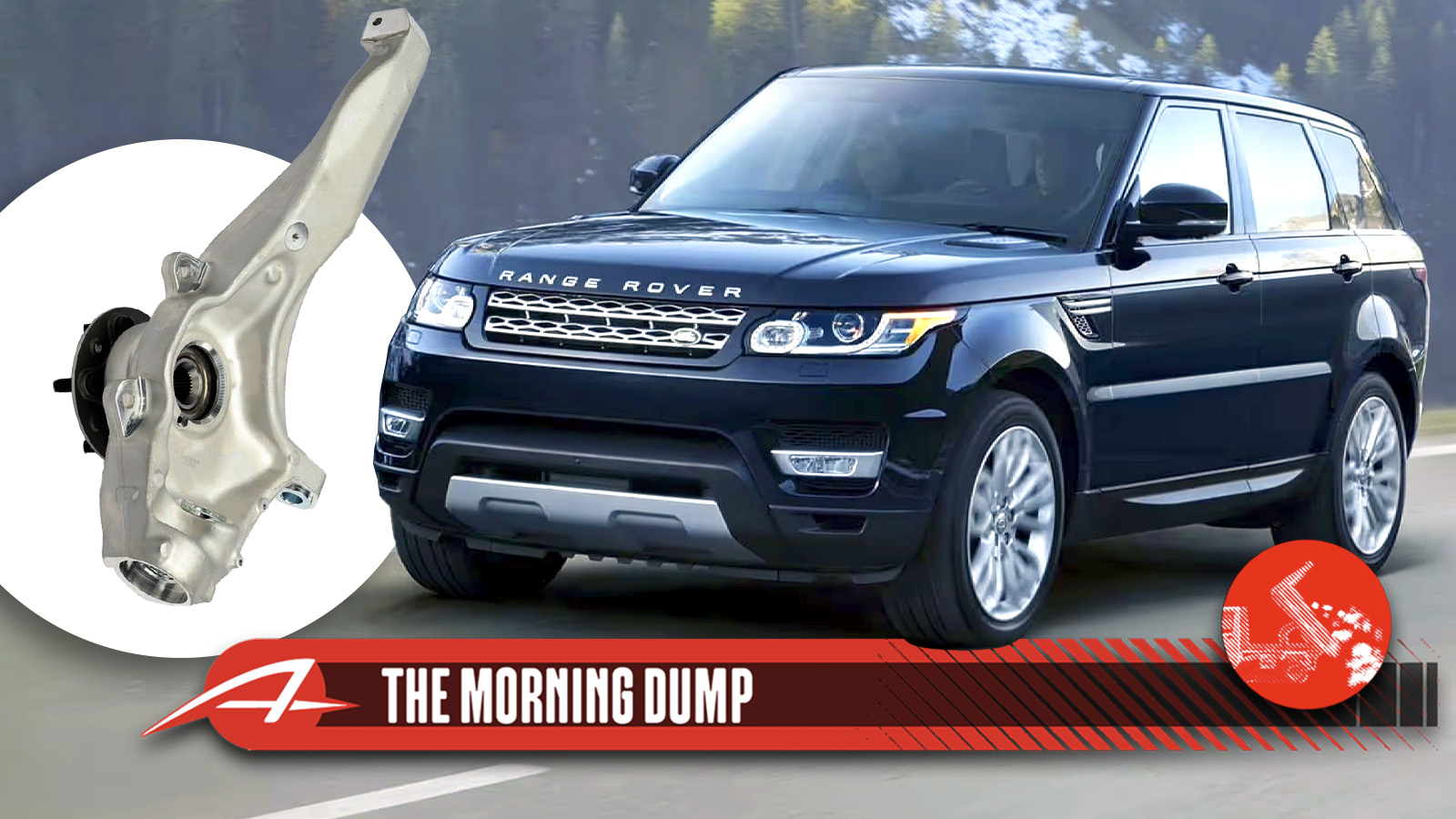



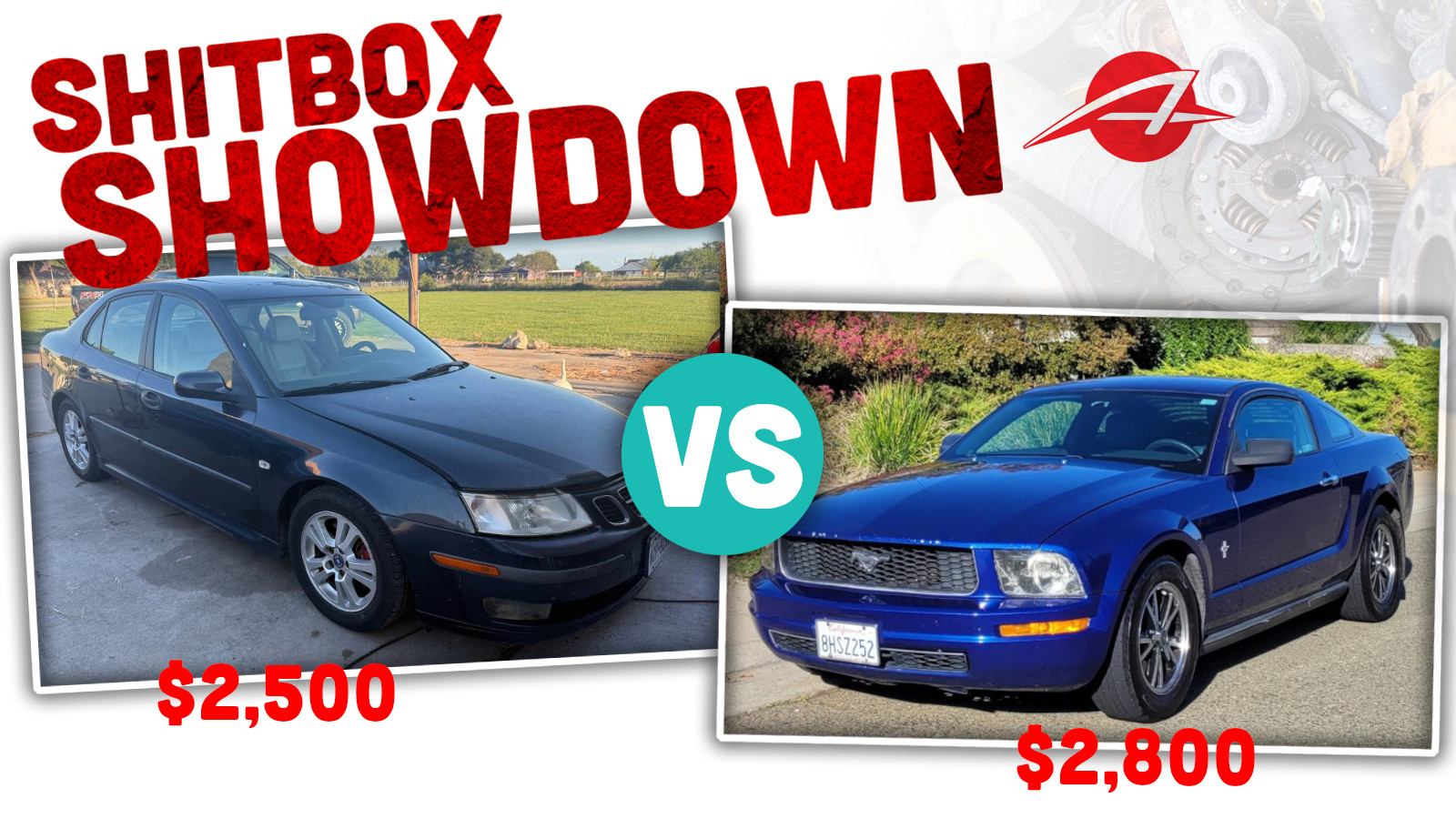

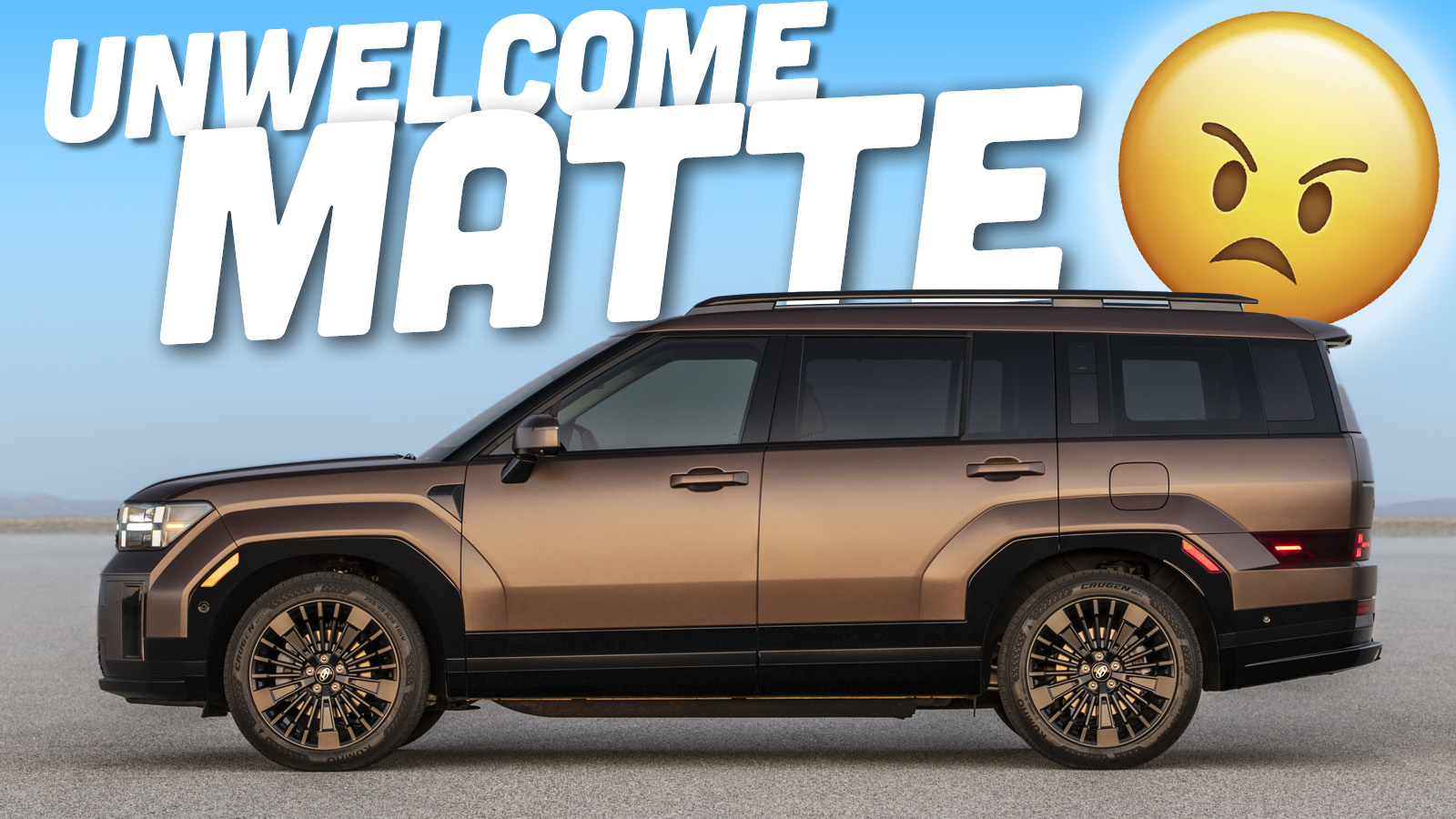
I tend to look when I am swapping to/from winter tires in the fall and spring, or when I inevitably am under one of my vehicles for some reason or another.
The concern of an original balljoint suddenly snapping is what led to the snowball on my ’81 Camaro where suddenly I had entirely new, upgraded suspension components, so now bushings were also taken care of!
Doing a bunch of work getting my 2003 Legacy wagon ready for a cross-Canada/Alaska to Vermont trip in a few days. Did the ball joints a couple days ago. Also this week, rebuilt my shifter completely with OEM and Whiteline parts (pain in the ass under the car on jackstands with the cat in the way) and adjusted my clutch pedal free play at the top end, and reduced to 1/4″ish the slack at the bottom end with a pedal stop. Shifting is so dialed and awesome now, I think it would compare favorably to almost any car. Also, found/fixed the leaks and charged up the AC (blows nicely cold/43F) using Autozone manifold/vacuum pump, changed the rear sway bar links, cleaned the carpet, changed the rear diff and transmission/front diff gear oil, replaced the cabin air filter, rotated the tires, new spark plugs, new OEM plug wires, new OEM coil, adjusted the parking brake cable, flushed the power steering fluid, restored the headlights. Yet to do in the next couple days: outer tie rod ends, rear rotors/pads, OEM brake seal kit, brake fluid flush, clutch fluid flush, timing belt, cooling system, oil change. If I have time, compound/polish and ceramic coat.
The Fiesta’s better than the Polo. Always has been. Which does lend weight to the “50th Anniversary” thing. More importantly it leaves out cars like the Peugeot 205, Chrysler/Talbot Sunbeam, Opel Vectra, Honda Civic, Suzuki Swift, and many others. Even accepting that they’re only choosing from cars that have not gone out of production since 1975, if you’re placing the Polo above the Civic in terms of performance, utility, durability, and style you’re looking at things with a bias.
For the question, 2019 Forester w/ 28,500 miles required lower front control arm bushings, parts and labor at the dealer $883. So I went to the independent guy to save money and paid… $912.
That scooter = Massive headwound Harry
Reads line about cracking knuckles. Has irresistible urge to crack knuckles.
…relief.
I thought it was funny that right before that he wrote “Let’s get cracking”
When was the last time you checked your bushings, ball joints, and associated componentry?
Three months agon when I replaced bushings on my Ranger.
So, this is Canada’s version of the Chicken Tax?
I give each car other than my BMW wagon a good looking over annually. The wagon, being still registered in Maine and less than 25 years old, gets a good looking over by the dealer as part of it’s required annual State Inspection. And the nice thing is that since I bought it from them new they do it for free (otherwise it would never darken their door). I’ve rarely found anything amiss I couldn’t already feel due to how they drive though.
This kind of logic sucks.
What is the best society model? “The Caste System, because a billion Indians cannot be wrong.”
What is the best political state type? “Communism, because a billion Chinmeese cannot be wrong.”
Um, last time I went to my doctor, I think.
“Turn the wheel and cough.”
I probably don’t check as often as I should
But my 89 firebird is only driven at most 2k miles a year and I have done all new suspension components on that over the last few years. My 92 d250 has new rear suspension and I already have (hopefully) all the parts to rebuild the front suspension and steering components so that probably won’t get checked at much. My 2013 FJ gets checked if I feel something is off or I start to head weird noises (which I noticed recently my front coil overs were shot and I replaced them.) My current daily in the 2022 Polestar 2 to I got a few months ago I’ll check things over when I do the tire rotation.
“When was the last time you checked your bushings, ball joints, and associated componentry?”
Just did it last weekend on my C-Max.
My ball joints are fine. But I need to get some new steering tie rods as some play has developed in the driver’s side one over the past year/30,000km.
I jack up and check the front end any time something feels slightly off despite there almost never being a problem, like far less than most people. It’s almost like a variant of a “watched pot never boils”.
Just redid a significant portion of my 03 Yukon’s suspension, now I have to slap some new pads and rotors on.
Maverick is still cheaper, but the Santa Cruz looks to be a bit better of a value proposition in Canada vs. the US. Despite fewer trims and only the 2.5T, it’s still priced under where many of the midsize trucks start with 4WD rather than priced alongside them.
But if this keeps up I would not be surprised if the Santa Cruz as a whole gives way for more US production of the higher volume and demand lines. That’s ~35k more Tucsons or Santa Fes they could be cranking out.
Does the Maverick at least have some rear legroom? I remember checking out a Santa Cruz when my old Sonata N Line was in for a quick service, there was no rear legroom. Then again, I am tall, but I still don’t see that being a comfortable “truck” since most people are going to use it like a regular car anyway.
I’ve got a Maverick, it has more rear legroom than the Ranger. Which is to say, not a ton. My wife and I are both 6′ and if we sit behind ourselves it’s tight.
IIRC the back of the Maverick was okay when I’ve sat in it before, a bit better than the Cruz perhaps but not significantly so. Both better than a Tacoma, but that isn’t saying much either.
At a recent auto show, I sat ‘behind myself’ and I found the amount of space to be perfectly fine for my 5’8″ size.
My 5 ft tall mother in law thinks it’s fine.
If it has been 7 years since I’ve owned it, it’s getting all new control arms. If I just bought it, likely that it’s getting new control arms if it’s more than 7-10 years old.
That’s my rule of thumb with my German cars and the Caddy with 4 link stressed suspensions.
Shocks/struts get the 2 bounce rule, more than 2 gets new.
My 94 pickup… that’s a whole ‘nother inspection, as it gets less than 1k miles per year and rarely drives on the highway.
I think about replacing rubber parts (suspension bushings and coolant hoses) at 20-25 years. I ordered ball joints along with the suspension bushing for my 35 year old Civic, and in the next 5 years or so I’ll probably replace them. In my experience a Honda ball joint seems to be fine at 30 years and 300k miles – I’ve never noticed any to have slop. I have replaced the ball joint boot if it gets torn however, but the ball joint stays in place.
So what is with the German car 10 year ball joint life? Is it the difference between a 2200 lb car and a 4200 lb one, or does Honda spec oversized ball joints vs the Germans?
They use stressed bushings. When they sit flat, they are not stressed, but when they flex, the bushing flex to adjust to the suspension geometry.
Basically, they are 5 link suspensions which means that in order to move through their complete stroke, something needs to give. This leads to about 7-10 years of life. This has been my experience of owning two Audi’s and 1 BMW. The ’06 BMW is about, or should, get it’s 2nd front control arms since I’ve owned it for 10 years and 100k miles.
Fully agree, Honda can basically go to infinity. I’m done with German cars for this basic reason.